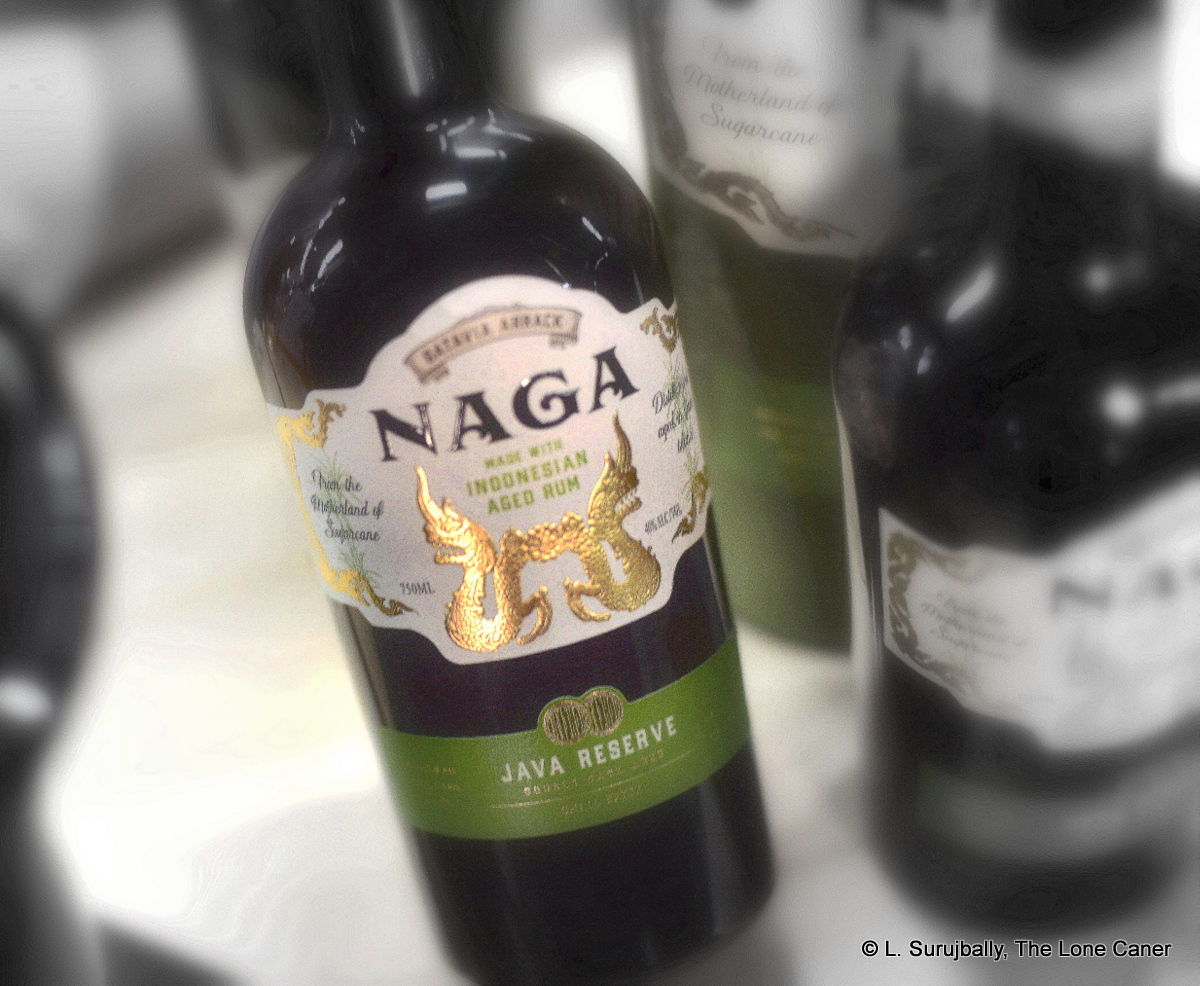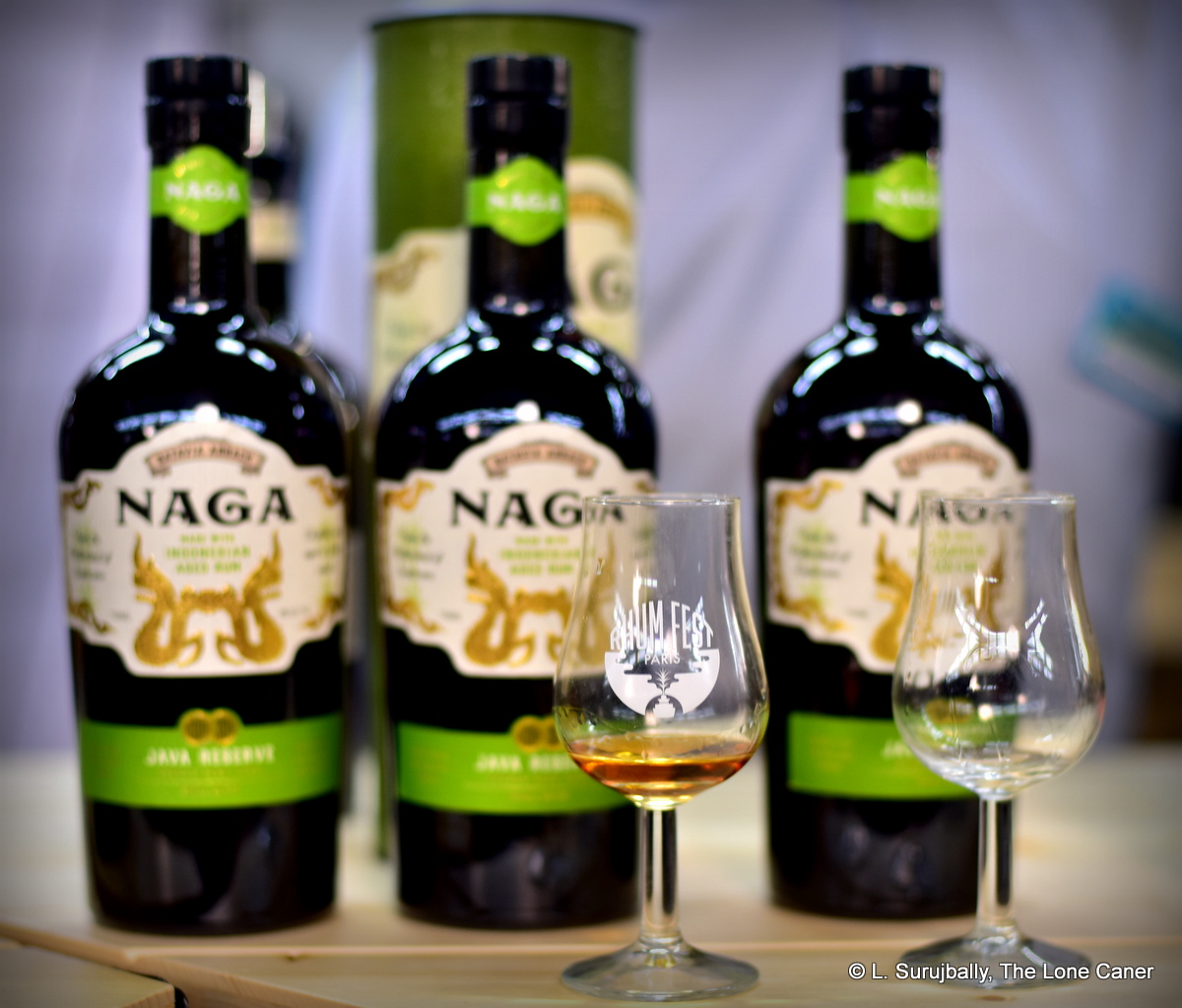“Oh wow!” I wrote with a sort of delighted and startled surprise when first nosing Archie Rose’s 40% white rum they called White Cane. I had not tried anything from the distillery before – indeed, I knew very little about it — but the rich and oily scent of a mechanic’s shop fumigated with vanilla flavoured acetones was really not what I had expected as an opening salvo. And it didn’t stop there, because the seeming light ‘n’ easy aromas it started out with contained quite a bit more oomph than was initially apparent – once it opened it up it was brine, olives, ripe and watery fruits, lots of pears and papaya, figs and persimmons, even a hint of caramel and some sweet yet tart apple cider. The nose displayed a thickness and depth that was quietly impressive – one does not often see this kind of profile in a standard proof rum very often.
Putting down my glass, I looked curiously at the sample label. Who was is this outfit? What was behind the name? Was it a left-handed nod to WW1 ack-ack fire, maybe, or a hat tip to Riverdale and the comics? An old but forgotten relative, perhaps, or a gone-to-seed second eleven cricket player from the past who nobody except the owners remembered?
Apparently not. Some references suggest that “Archie” was a slang word, a pseudonym for an underground distilling bootlegger at a time in the 1800s when the temperance movement was ascendant in Australia and distillation was illicit, if not quite illegal; and since the founder, Will Edwards established the distillery in its first location in Rosebery, an inner suburb of south Sidney, the name seemed a good fit. A more prosaic alternative is that the neighbourhood itself was named after an uninspiring and obscure 19th century British PM, Archibald Primrose, and the distillery took the contracted form of his name, so take your pick.
Anyway, it was apparently the first new distillery in the city since 1853 (one wonders what the previous one was) and comprised of several Italian made fermentation tanks (named after rappers), and three hand built gas-powered steam-boiler-heated 3600-litre pot stills made by Peter Bailey, who at the time was the country’s only still maker. It was mostly family financed, and sported a very good bar right next to the distillery to help make ends meet.
“White Cane” was and remains the company’s only unaged rum (there are some experimentals coming as well, however), and it’s interesting that they went with that name instead of the near universal “cane spirit” moniker everyone else has been using over there. The source cane came from Condong up in NSW just south of Brisbane, so the molasses likely originated from the Condong Sugar Mill, and the wash blended two kinds of molasses – high test and B-grade — fermented with two different yeasts for 4-16 days, then run through their main and pilot still at least twice, with part being “cold” (or vacuum) distilled.
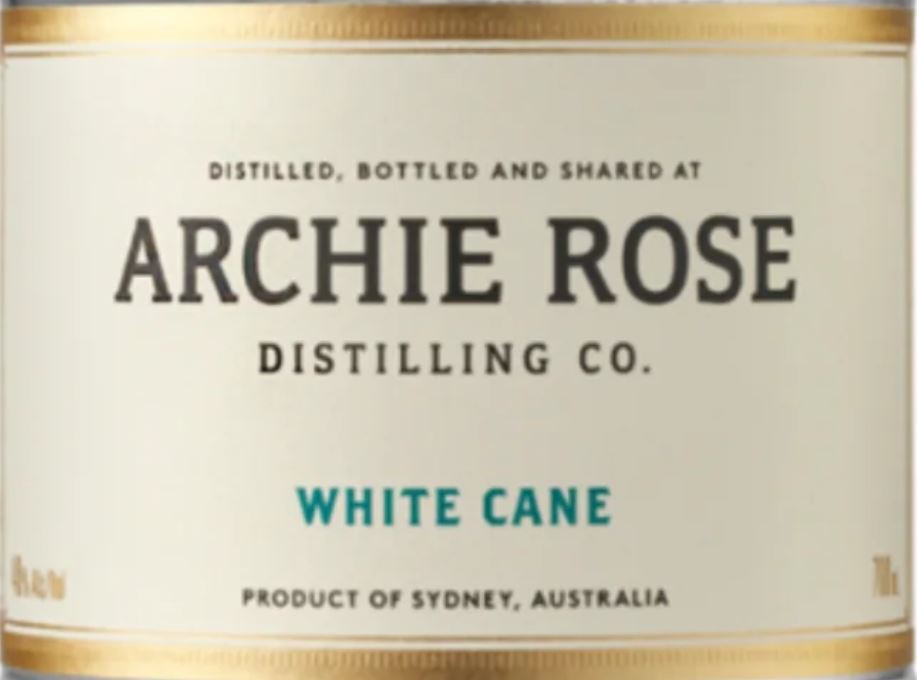 That fermentation and complex distillation was probably why the taste, as well as the nose, had enough chops to excite some curiosity, if not outright enthusiasm. It presented like a crisp, tangy, citrus-like 7-up, with green apples, pineapples, ripe pears on the edge of going off, red grapes and a subtle bite of ginger. The nose, I felt, was better, but for the taste to be this interesting at 40% did demonstrate that the awards the rum won (three so far) was not mere happenstance or flinging medals at everything that turned up. The palate continued to provide subtle and almost delicate notes: white chocolate, crushed walnuts some mint, fennel, sweet coconut shavings and some faint mustier cardboard notes, leading to a short, easy, sweet and spicy finish redolent of cinnamon and ginger and papaya. Nice.
That fermentation and complex distillation was probably why the taste, as well as the nose, had enough chops to excite some curiosity, if not outright enthusiasm. It presented like a crisp, tangy, citrus-like 7-up, with green apples, pineapples, ripe pears on the edge of going off, red grapes and a subtle bite of ginger. The nose, I felt, was better, but for the taste to be this interesting at 40% did demonstrate that the awards the rum won (three so far) was not mere happenstance or flinging medals at everything that turned up. The palate continued to provide subtle and almost delicate notes: white chocolate, crushed walnuts some mint, fennel, sweet coconut shavings and some faint mustier cardboard notes, leading to a short, easy, sweet and spicy finish redolent of cinnamon and ginger and papaya. Nice.
Names and origins aside, currently the distillery boasts five different rums (and fifteen whiskies, ten gins, four vodkas and various other alcoholic products, lest you err in thinking their focus is on the Noble Spirit). Their origin was, and remains primarily in, whisky, for which they have won oodles of awards, and boosted their cash flow so well that in 2020 they were able to float A$100 million financing to move to Banksmeadow, a few kilometres south of the original location, leaving Rosebery to be a sort of visitor’s area for tours, classes and other events. Two massive new pot stills were also installed allowing production to be significantly increased.
As always, there is the downside that such a wide variety of spirits production dilutes focus on any single one. Not something I can blame a distillery for, since making payroll, paying rent and expanding the business is what it’s about, but lessening the attention that can be paid to developing and improving one product. Clearly whisky is the core business and everything orbits that priority (my opinion); and we must be careful not to over-romanticize the myth of the Great Little Solo Distiller Working in Obscurity, since commercial enterprises do make good juice, and not always by accident or as throwaways. Recent “Heavy Cane,” “Virgin Cane” and other experimental rums Archie Rose is playing with point to a committed and interested distilling team that wants to do more than just make another supermarket rum.
The White Cane, even at 40%, is pretty good and that’s an endorsement I don’t give often. I think the panoply of tastes — admittedly delicate and occasionally too faint and hard to pick apart — play well together, don’t overstay their welcome or allow any one element to hog the show, and provide a nice drinking experience. Sometimes just as much work goes into an unaged spirit as an aged one — perhaps more since there’s no backstop of ageing to improve anything so what comes off the still had better be ready — and it’s clear the distiller paid attention to the entire production process to provide both mixing and sipping chops. One can only hope the distillery expands the range and ups the proof, because then not only would it likely garner even more awards, but I’d be able to bug Steve Magarry yet again…to get me a whole bottle, not just a sample.
(#1058)(83/100) ⭐⭐⭐½
Other notes
- From the 2023 Australian Advent Calendar, Day 7. This is Batch #2 from 2023. Batch #1 was introduced in 2022
- Production notes from company webpage.
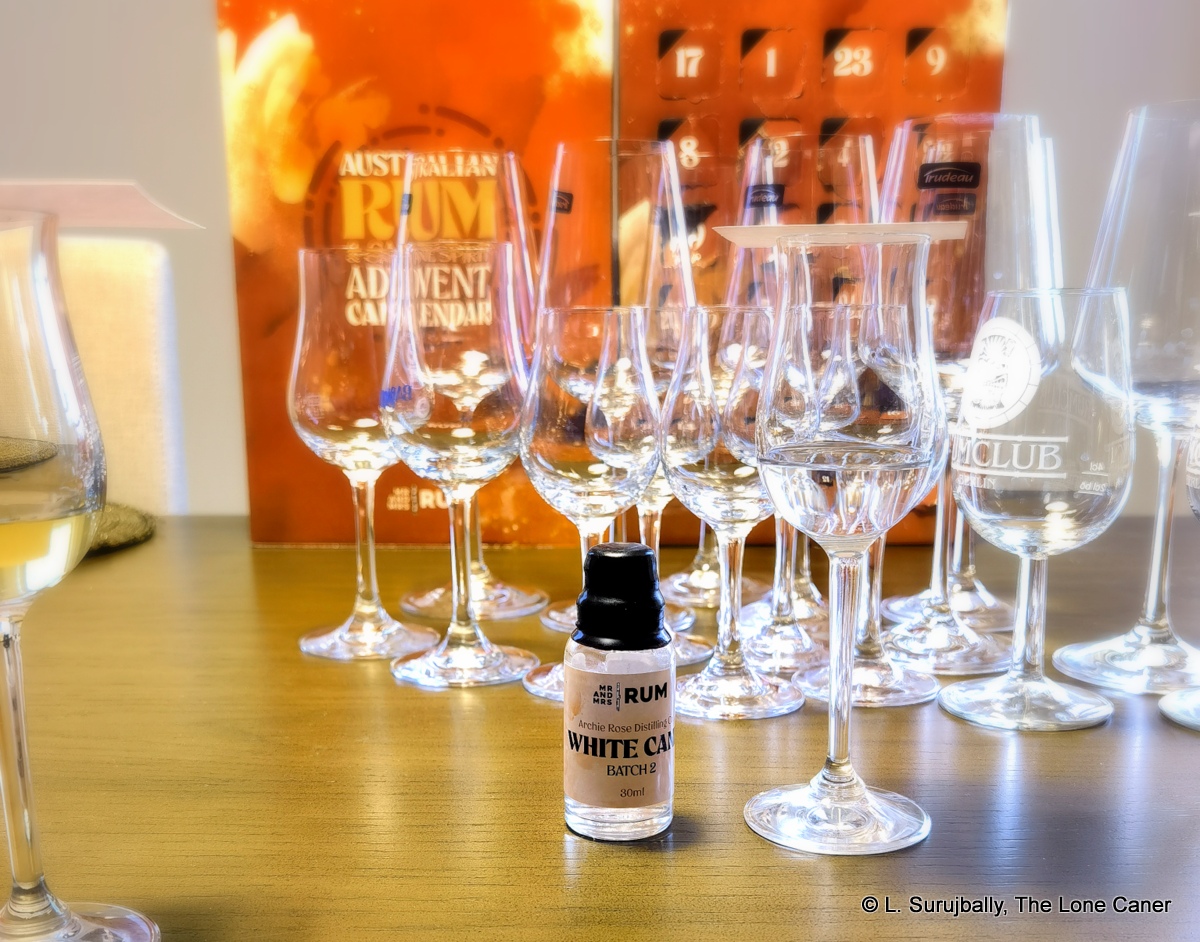
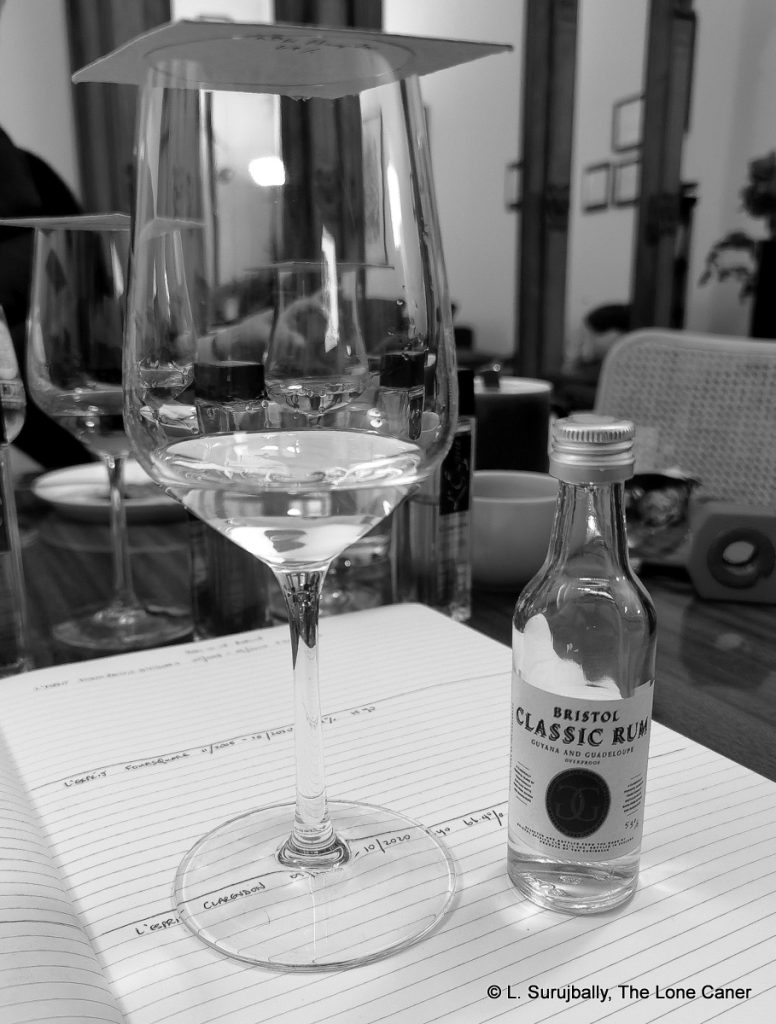
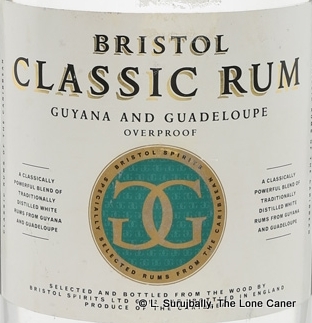
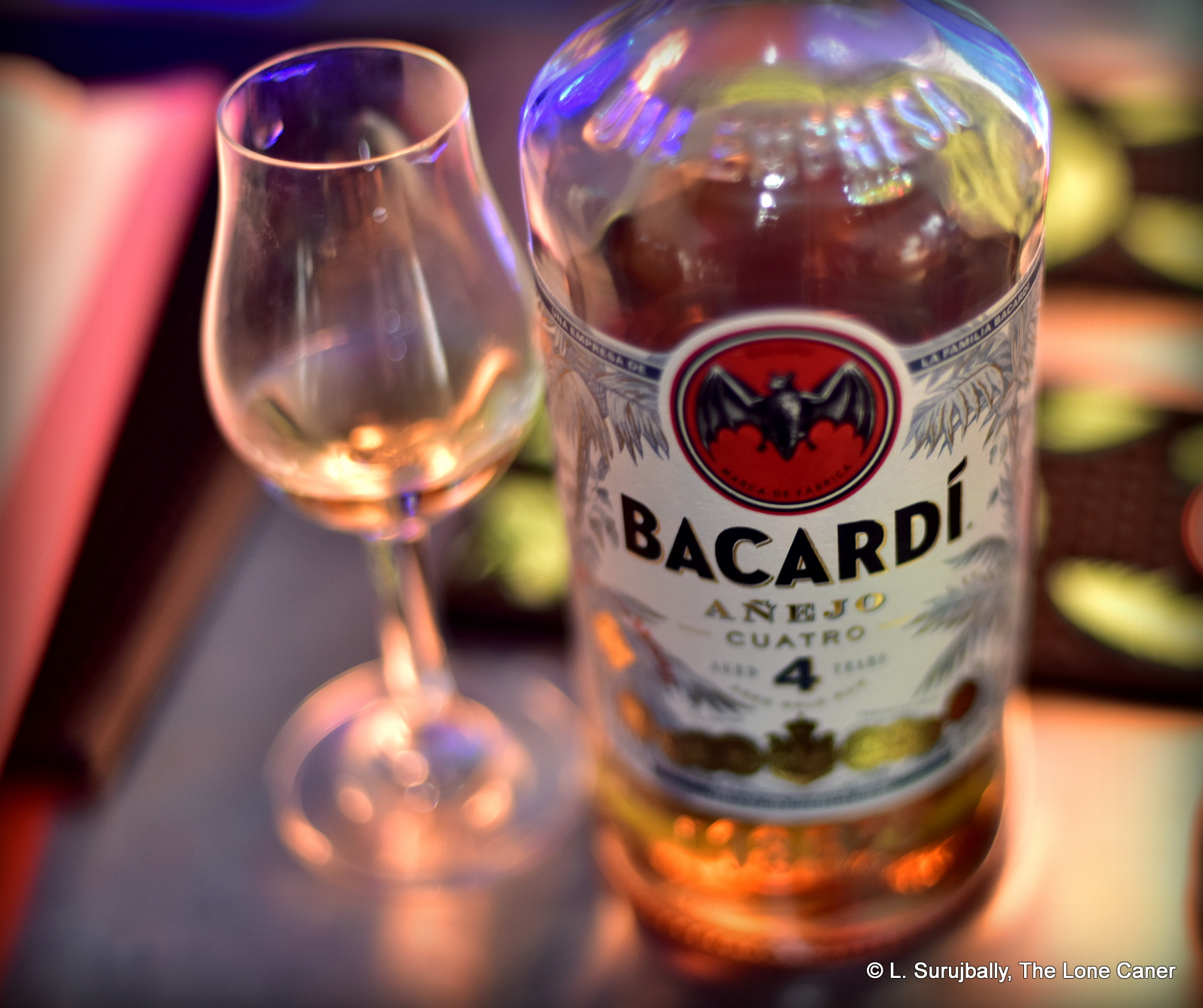

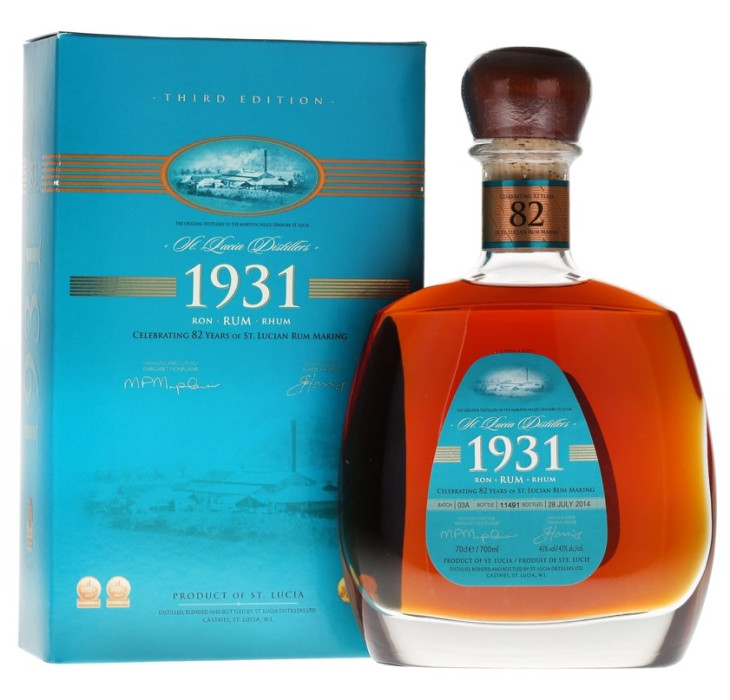 Rumaniacs Review #119 | 0756
Rumaniacs Review #119 | 0756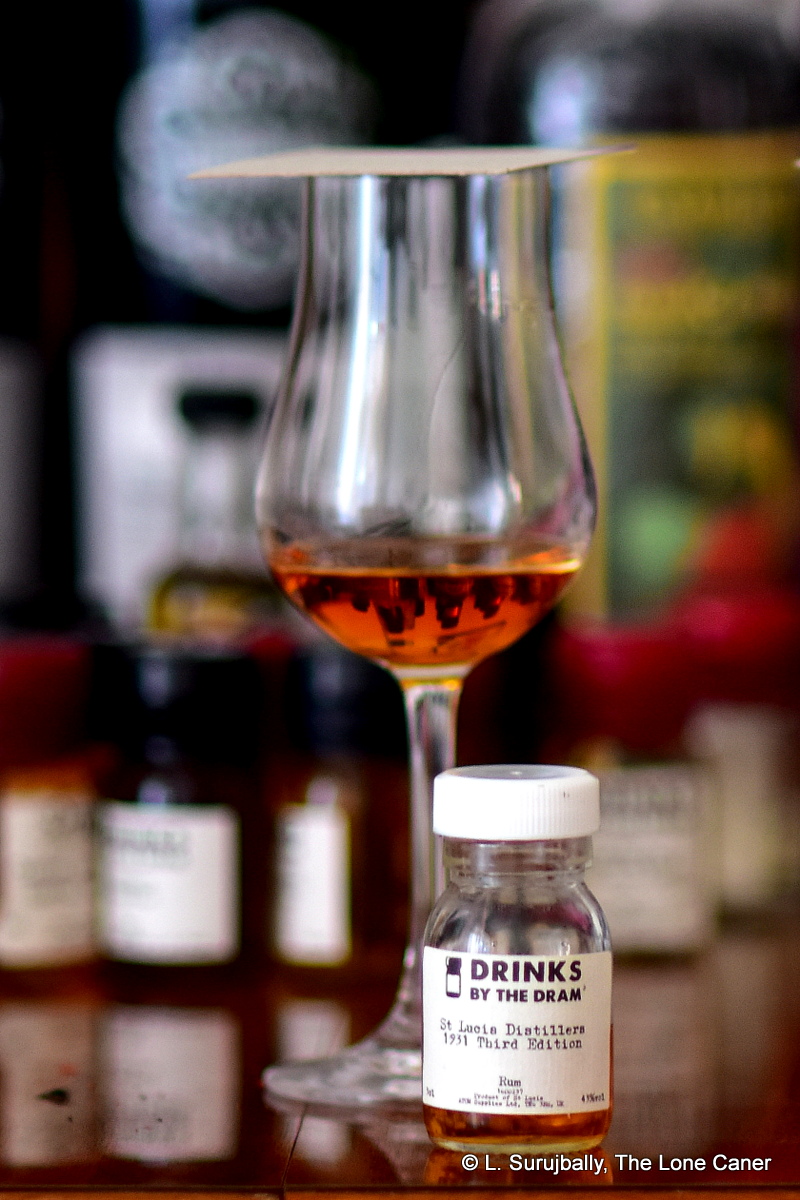 Colour – Dark gold
Colour – Dark gold